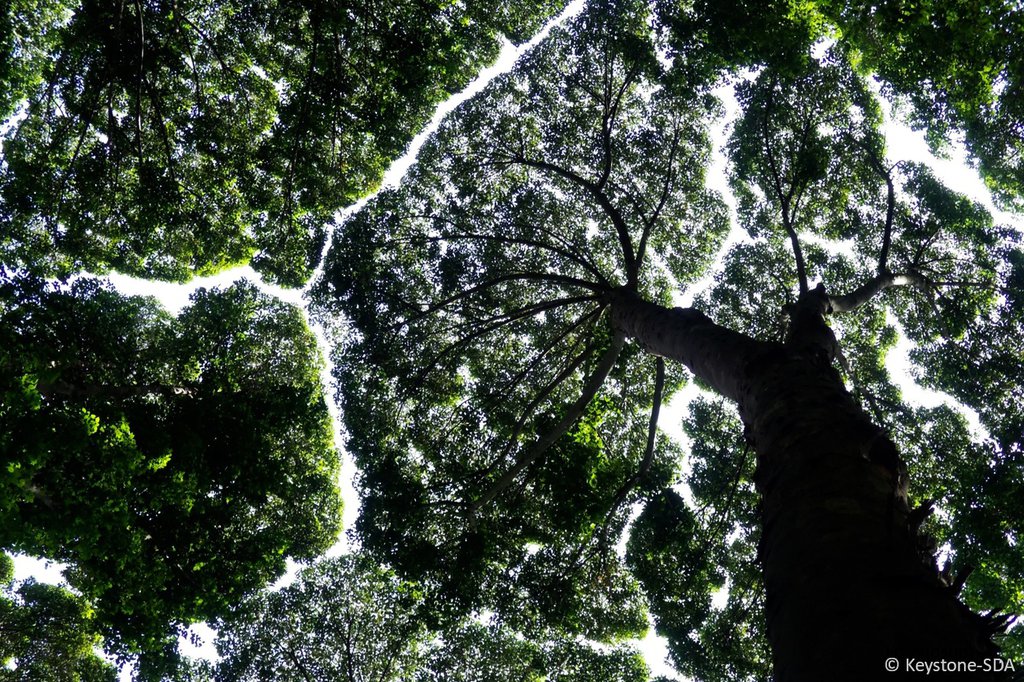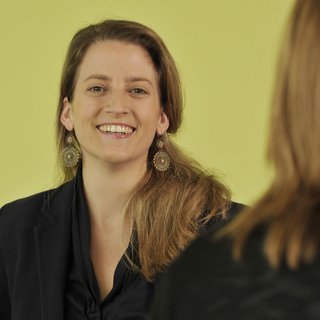INFRAS project manager Madeleine Guyer explains in an interview how blockchain and distributed ledger technologies can be used for climate action and the goals the Climate Ledger Initiative is following.

Contributing to the climate targets of the Paris Agreement with blockchain technologies: the Climate Ledger Initiative (CLI) follows this objective. INFRAS, Cleantech21, and Gold Standard established the Multi Stakeholder Initiative in the year 2017. It is funded by the Swiss Agency for Development and Cooperation (SDC) and the Ministry of Foreign Affairs, Justice, and Culture of the Principality of Lichtenstein, among others.
Madeleine, when thinking about climate protection, probably only a very few think about blockchain technologies at first. Why does the Climate Ledger Initiative see potential here?
Guyer: Under the Paris Agreement, countries made commitments to show the measures they would take to reduce their greenhouse gas emissions. Governmental organizations are often responsible for reporting. However, this system is prone to errors: there is no guarantee that the data is always plausible and correct. Blockchain and distributed ledger technologies in general, offer a huge potential for climate action: data on climate protection measures is entered and stored in a decentralized system. System participants can look at and verify it. This permits a higher degree of transparency – even in nations with relatively weaker governance structures. An important issue here is the efficient use of electricity – unfortunately, this is often still too high in many blockchains.
The Climate Ledger Initiative supports pilot projects in developing nations – which ones exactly?
Guyer: An example is the project “Wood Tracking Protocol” in Peru. It should help reduce illegal logging. An app permits the tracking of legal logging in the Amazon rain forest. The app shows the path of a felled tree: when and where was it cut down, over which harbor was it transported, and where was it processed? The project provides data to users that informs about the sustainable source and transport paths of wood, allowing them to opt for legally felled wood. A similar system is also conceivable for other production and delivery chains.
How do you select projects?
Guyer: The Climate Ledger Initiative launches open calls on its webpage. Interested parties can apply with a project idea. A jury selects the projects. We focus on projects that take advantage of innovative technologies and that have the potential for scalability. We ensure that – in addition to improvements in climate – the projects can also attain additional objectives of sustainable development.
How do you bring the various stakeholders to the table?
Guyer: The Climate Ledger Initiative connects two worlds: technology experts and experts on climate change and policies. In order to take advantage of the potential of blockchain, we want to encourage exchange and cooperation between the various experts. To do this, we collaborate with diverse countries and organizations: for example with the World Bank, the Inter-American Development Bank (IADB), or the International Association for Trusted Blockchain Applications (INATBA). We offer opportunities for exchange on interdisciplinary questions in Webinars und Workshops. Once a year, we publish a flagship report on selected themes and current projects.
Open-Call: Deadline on April 20, 2021
The open call for use cases 2021 is currently open. Projects can be submitted to the Climate Ledger Initiative until April 20, 2021. More information is available here.
Further information
- Webpage Climate Ledger Initiative
- Climate Ledger Initiative on LinkedIn
- Flagship Report 2020 (earlier editions: 2019, 2018)


